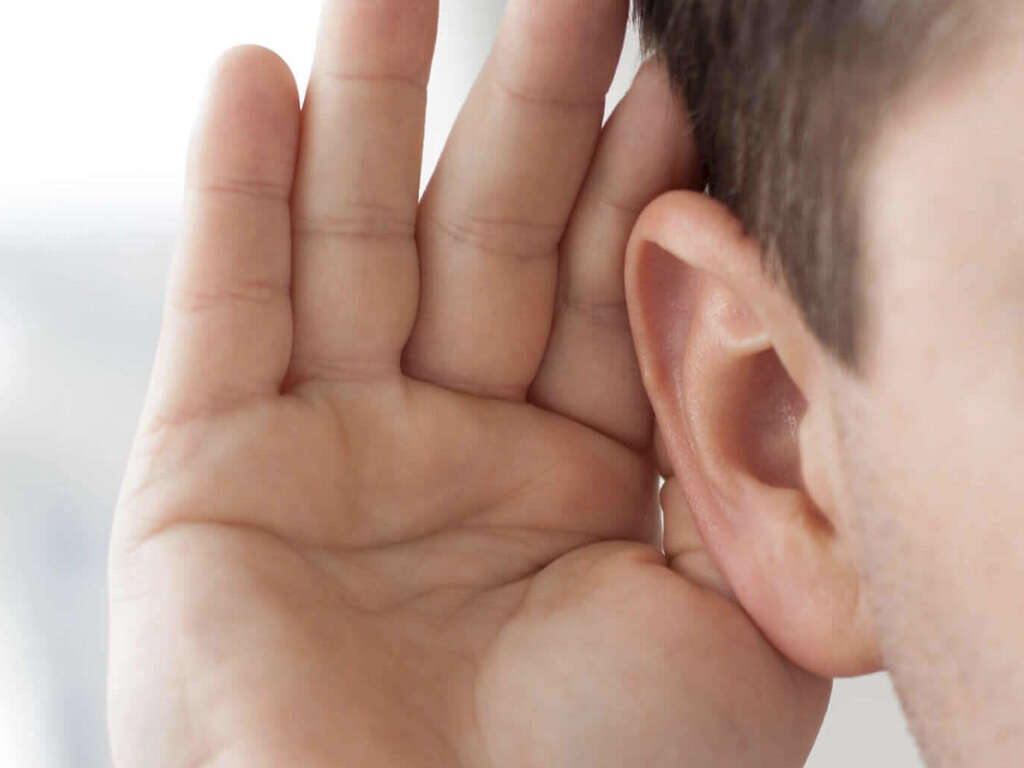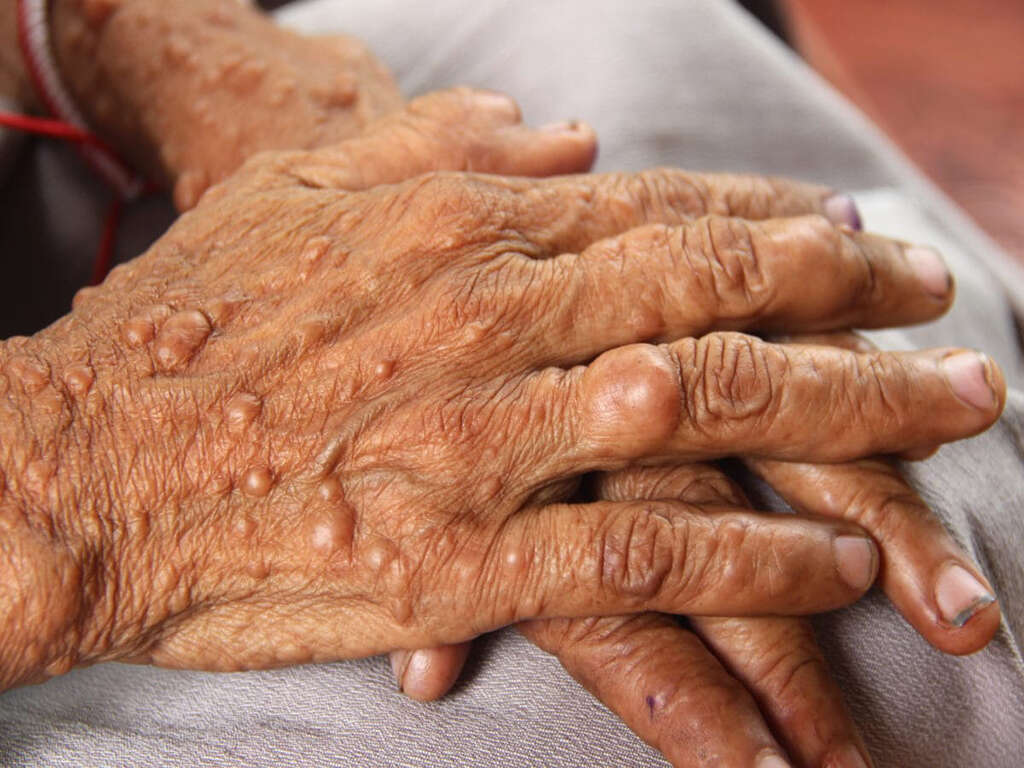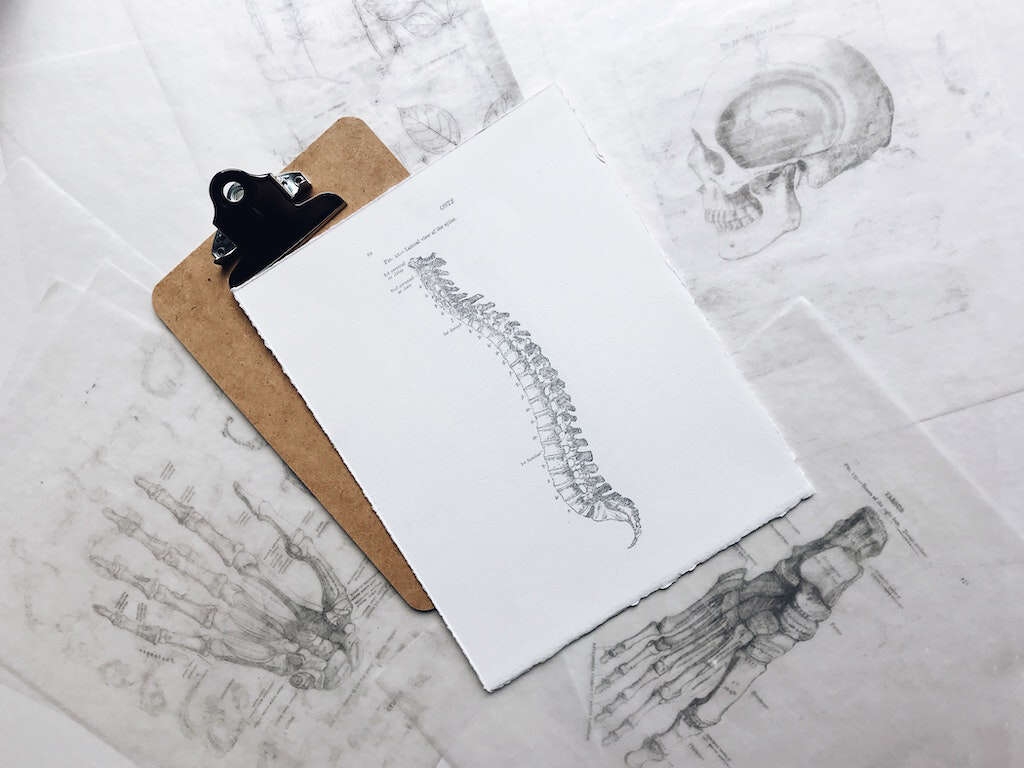10 Nerve Damage Symptoms
Nerve injury occurs when there is injury to the nervous tissue. Nerve injuries can be classified into neurapraxia, axonotmesis, and neurotmesis. Neurapraxia is the least severe type of nerve injury. This means that the affected individual can have complete recovery as the axon is intact despite an interruption in nerve conduction due to myelin damage. Neurapraxia usually occurs when there is ischemia or nerve compression. The average recovery period for neurapraxia takes about 6 to 8 weeks.
Axonotmesis is a more severe injury to the nerve where the axon is affected while the epineurium is maintained. Axonotmesis may cause paralysis and is mostly seen when there is a crush injury. When the object causing the crush injury is removed in time, the axon can regenerate and recover. In axonotmesis, there is interruption of the myelin sheath and axon. Due to loss of axonal continuity, it can result in Wallerian degeneration.
Neurotmesis is nerve injury without any potential of recovery. It occurs when there is severe laceration, contusion, or stretching of the nerve. In neurotmesis, the encapsulating connective tissue and axon lose their continuity. However, peripheral nerve injury is classified in 5 stages based on the severity of damage to the nerve and surrounding tissue. Regeneration in the peripheral nervous system is possible. During peripheral regeneration, the processes that can occur are Wallerian regeneration, nerve reinnervation, and axon growth or regeneration.
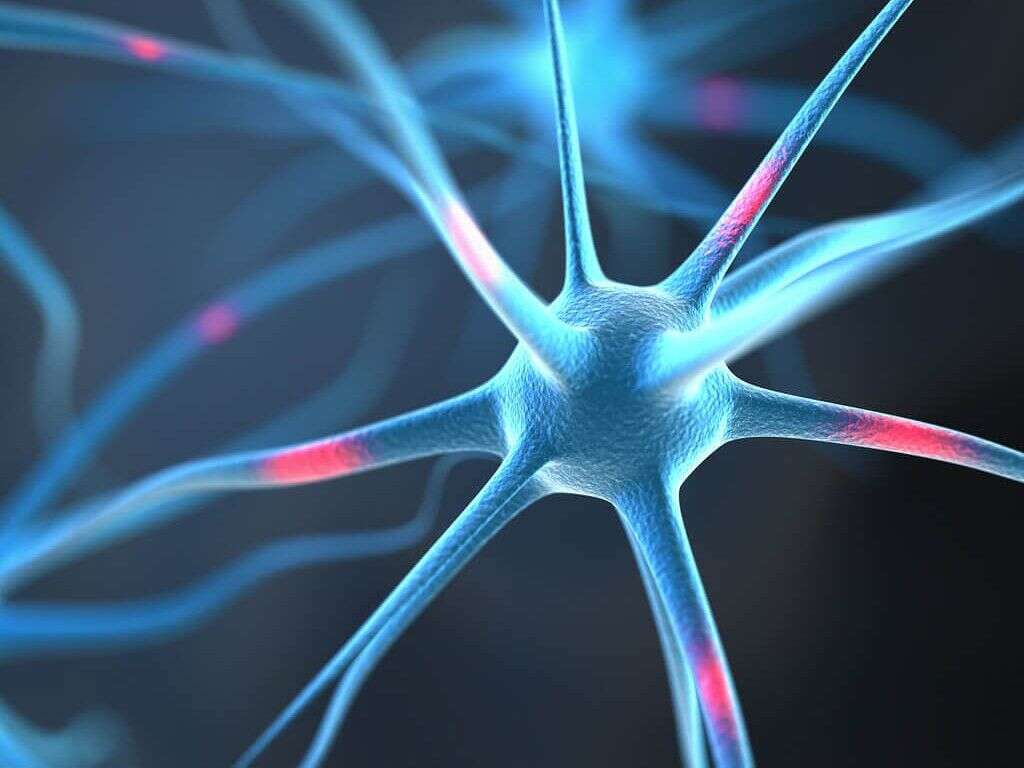
Symptom #1: Changes in Sensation
When nerve injury occurs, changes in sensation such as paresthesia, hypersensitivity, loss of proprioception, and loss of sensation for touch may occur. Paresthesia is an abnormal sensation on the skin that can be described as numbness, prickling, or burning.
In nerve injury, hypersensitivity such as sensitivity to light touch may occur. Some individuals also report symptoms such as decreased sensation to pain, heat, or coldness. Loss of proprioception refers to the loss of self-awareness of body position and self-movement.

Symptom #2: Pain
Pain is a feeling that can cause significant distress due to an intense or damaging stimulus. It can be defined as an unpleasant experience that has the potential to cause damage. Pain is a natural protective mechanism for the body where it helps the individual withdraw from potentially damaging situations and to prevent further movement to promote healing. Pain usually resolves once the stimuli is removed and healing occurs.
In most developed countries, pain is the most common reason for visits to the emergency room or clinics. It is one of the most common symptoms in various medical conditions and can negatively affect an individual’s quality of life. In nerve injury, the pain is usually felt in the affected area.
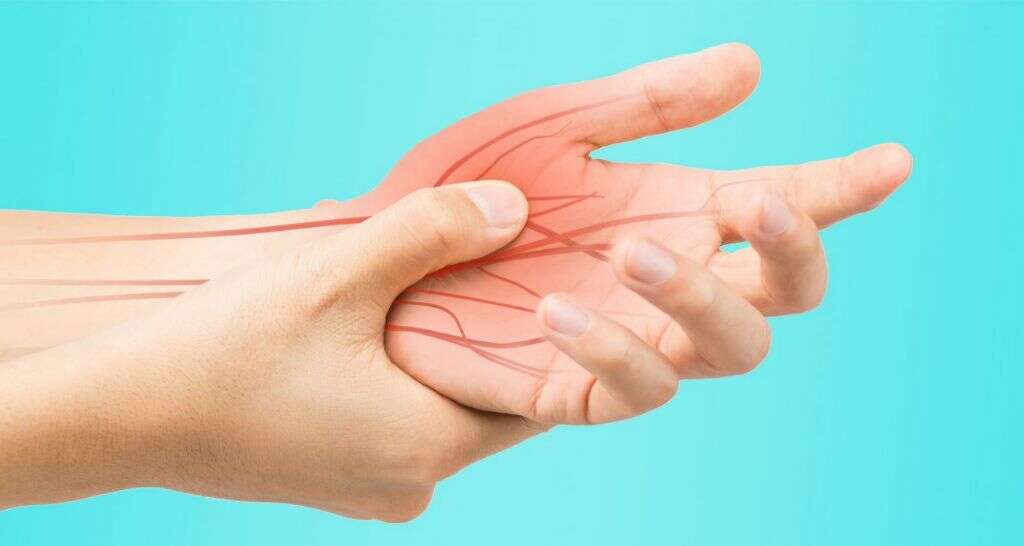
Symptom #3: Muscle Weakness and Paresis
Muscle weakness occurs when there is lack of muscle strength. It can be divided into true or perceived weakness. True weakness is usually seen in skeletal muscle disease such as inflammatory myopathy and muscular dystrophy while perceived weakness can be seen in conditions such as chronic fatigue syndrome. True weakness occurs when the force exerted by the muscles is less than normal while perceived weakness is when the individual feels that more effort is required to exert the same amount of force despite normal muscle strength.
When nerve injury occurs, the nerves innervating the muscles are damaged and no longer function as normal. This can result in muscle weakness and difficulty with movement. Paresis can be defined as impaired movement, weakness of voluntary movement, or partial loss of voluntary movement. While usually used to describe the limbs, it can also be used to refer to the muscles of the vocal cords, stomach, and eyes. Some experts argue that paresis and muscle weakness differ as paresis causes muscle weakness due to the inability to activate motor neurons while muscle weakness occurs only in the muscles.
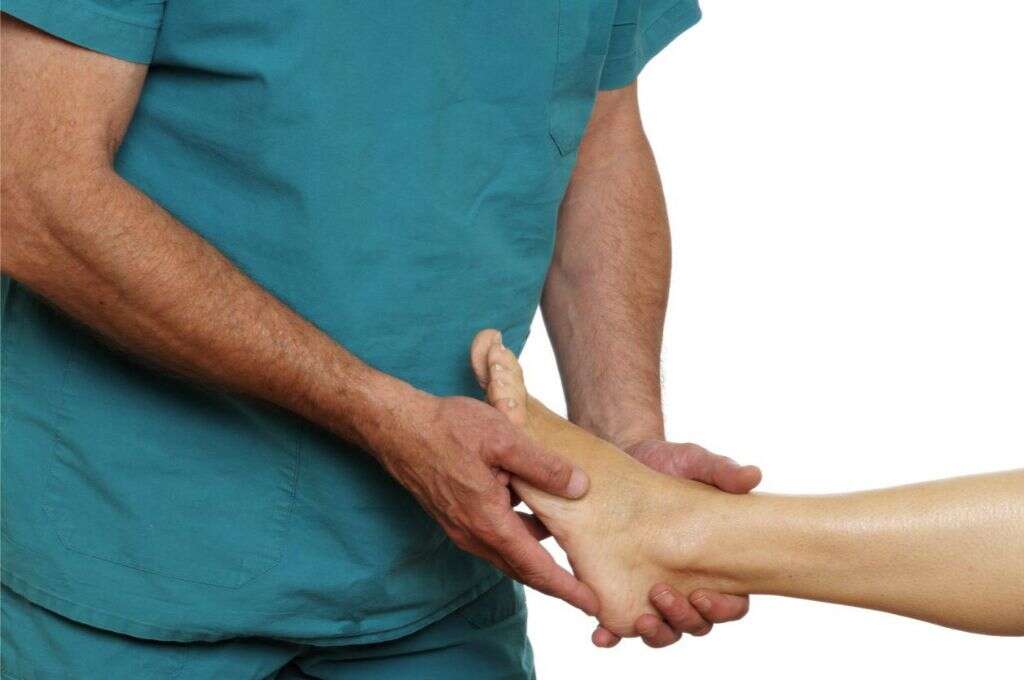
Symptom #4: Changes in Special Senses
In medicine, the special sense refers to organs such as the eyes, ears, nose, and tongue. These are known as special senses as they have organs devoted to them. They are distinct from the general senses as they have information carried in special visceral afferents and somatic afferents.
Since all the information is relayed via the nerves, when nerve injury occurs to these nerves, changes in the special senses may occur. Examples include anomalies in smell, taste, loss of vision (complete or partial), hallucinations, deafness, double vision, and ringing in the ears.
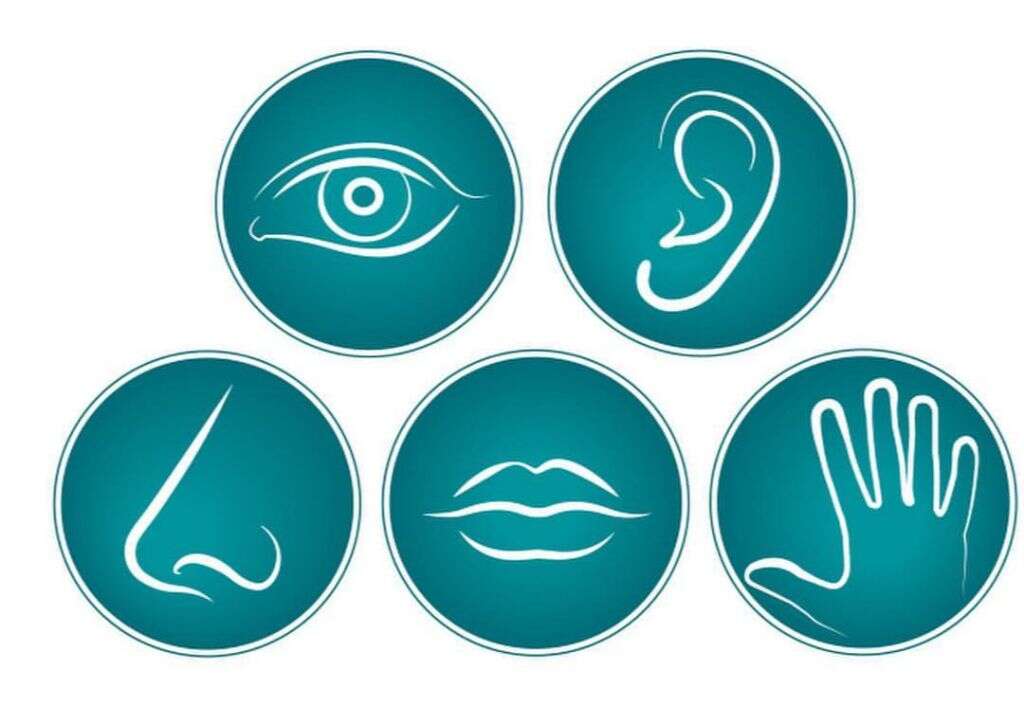
Symptom #5: Fasciculations
A fasciculation is used to describe an involuntary, local, and small muscle contraction and relaxation that can sometimes be seen under the skin. Fasciculations that occur deeper in the skin can be detected via electromyography. Fasciculations occur due to spontaneous depolarization of a lower motor neuron, which causes the synchronous contraction of the muscle fibers in a motor unit.
Fasciculations have many causes, most of which are benign. Some other examples of conditions that can cause fasciculations are motor neuron disease (amyotrophic lateral sclerosis, poliomyelitis, spinal muscular atrophy), nerve injury, neuromyotonia, benzodiazepine withdrawal, rabies, magnesium deficiency, organophosphate poisoning, and use of acetylcholinesterase inhibitors.
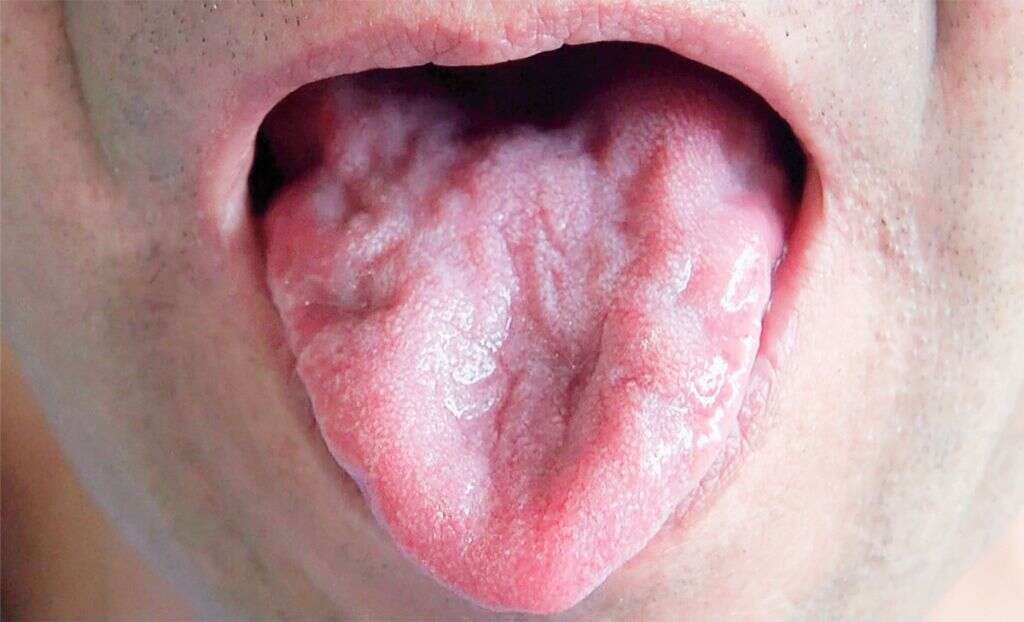
Symptom #6: Muscle Spasms
Muscle spasms are involuntary muscle contractions in a hollow organ or group of muscles. Muscle spasms can have various different causes and can cause pain. Some causes of muscle spasms include dystonia, tetany, peripheral arterial disease, dehydration, electrolyte imbalance, blepharism, and torticollis.
A severe muscle spasm may also result from nerve irritation or damage such as seen in major disc herniations or spinal stenosis where the nerve root signals are disrupted. More difficult conditions should be seen and treated by a movement disorder specialist or neurologist as they usually need specific therapy and medication.

Symptom #7: Paralysis
Paralysis occurs when there is loss of muscle function in one or more muscles. Besides loss of movement, it may also be accompanied by loss of sensation in the affected area, especially if both sensory and motor damage are present. Paralysis is most commonly caused by damage in the nervous system. Other common causes are trauma with nerve injury, stroke, cerebral palsy, poliomyelitis, Parkinson’s disease, peripheral neuropathy, spina bifida, and multiple sclerosis.
Paralysis can be seen in patients with nerve injury as the continuity of the nerve is lost, leading to loss of innervation. This means that the brain is unable to send a signal to the specific muscle to move.

Symptom #8: Skeletal Deformities
The most common cause of nerve injury is trauma. In some cases of trauma, the clinician should suspect the possibility of nerve injury, especially when there is an obvious skeletal deformity due to the trauma. Examples of trauma that may lead to nerve injury include fractures and dislocations.
For some patients, nerve injury may be immediately apparent such as in the case of foot drop caused by injury to the common perineal nerve at the knee level.
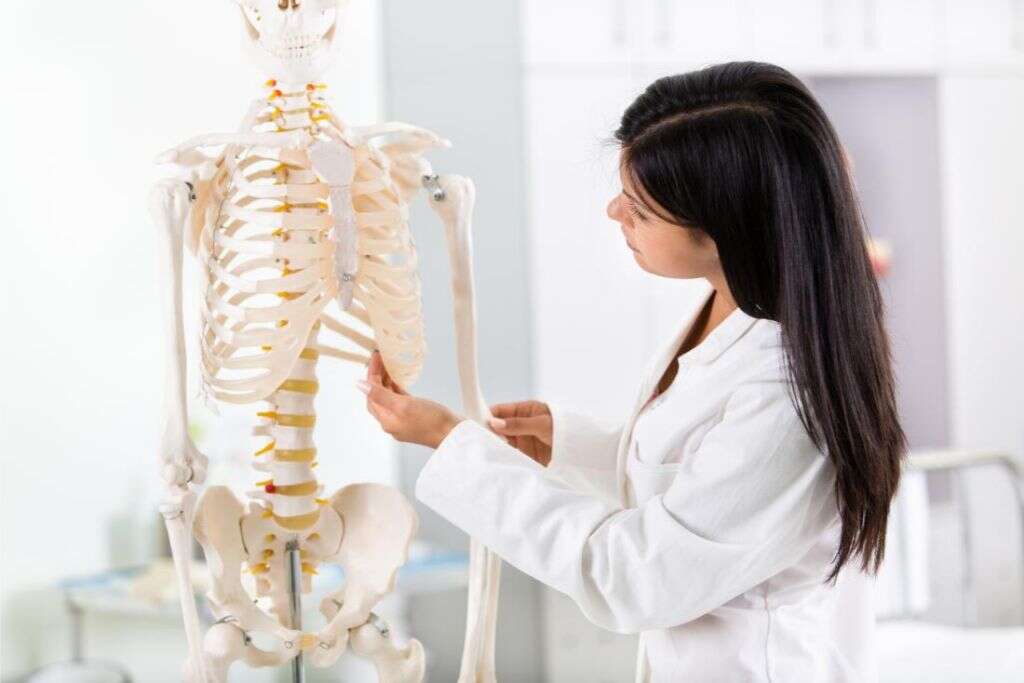
Symptom #9: Tics and Tremors
A tic is a repetitive and nonrhythmic movement or vocalization. Tics are usually visible to observers. Some examples of tics include repetitive throat clearing and eye blinking. Tics should be distinguished from other movement disorders such as dystonia, myoclonus, and chorea.
A tremor is an involuntary muscle contraction and relaxation that is rhythmic. There is often twitching or oscillations of the affected body part. It is the most common of all involuntary movements and can affect the eyes, arms, hands, head, legs, and face. Tics and tremors can affect muscles that are supplied by nerves that are injured through trauma or disease.

Symptom #10: Muscle Atrophy
Muscle atrophy occurs when the muscles start to waste away due to lack of physical activity. It can occur when there is sedentary lifestyle, disease, or injury that causes difficulty with movement. Muscles that have atrophied will appear smaller compared to normal. This can be best seen when it affects one of the limbs as the normal limb can be used for comparison. Besides appearing smaller, atrophied muscles are also weaker.
Some conditions that can cause muscle atrophy include spinal cord injury, peripheral nerve injury, stroke, amyotrophic lateral sclerosis, multiple sclerosis, and muscular dystrophy. In nerve injury, when there is loss of continuity of the nerve, the muscle it supplies can no longer move as it is not receiving a signal from the brain. The lack of movement and activity in the muscle causes it to atrophy.







